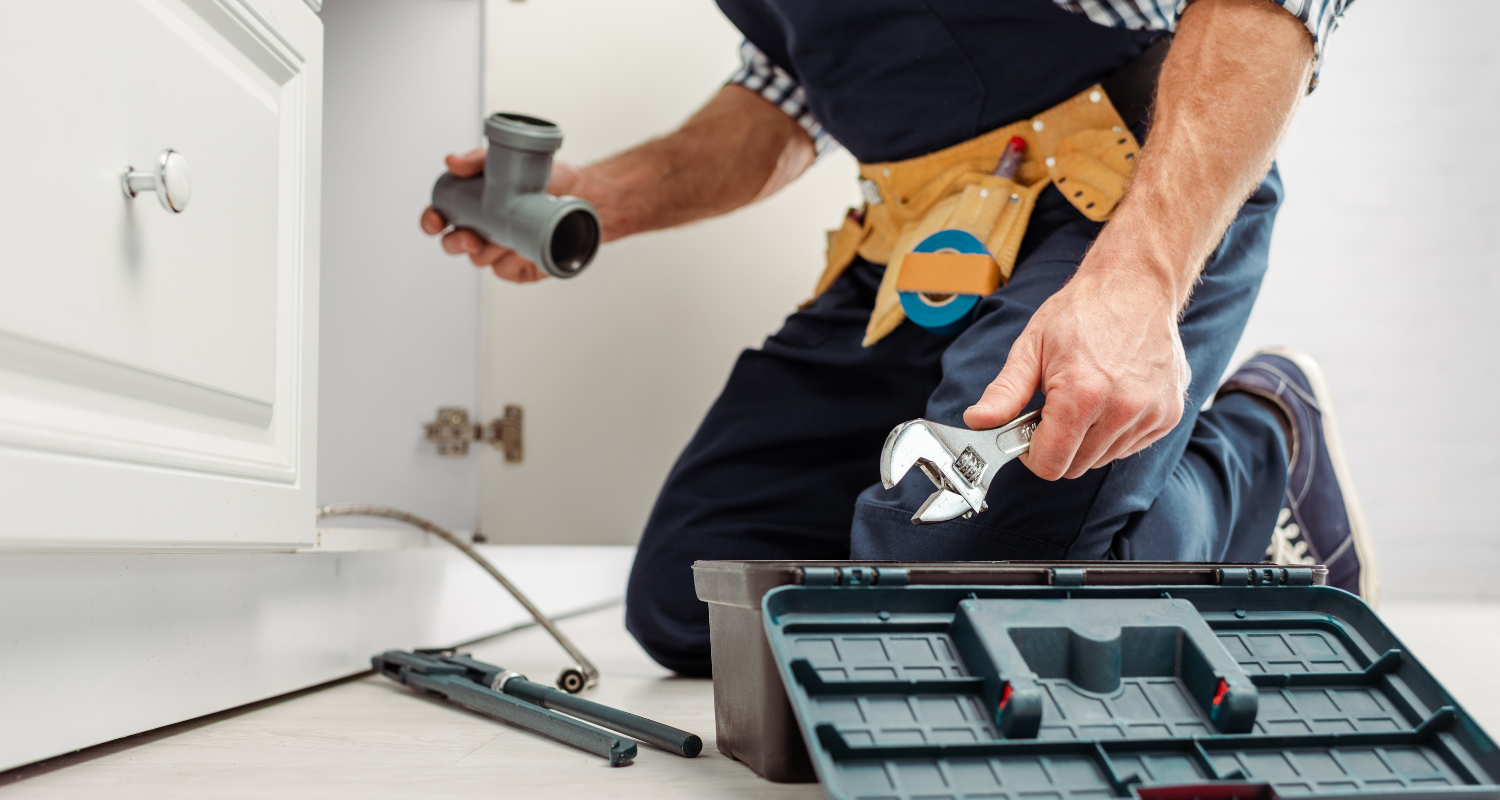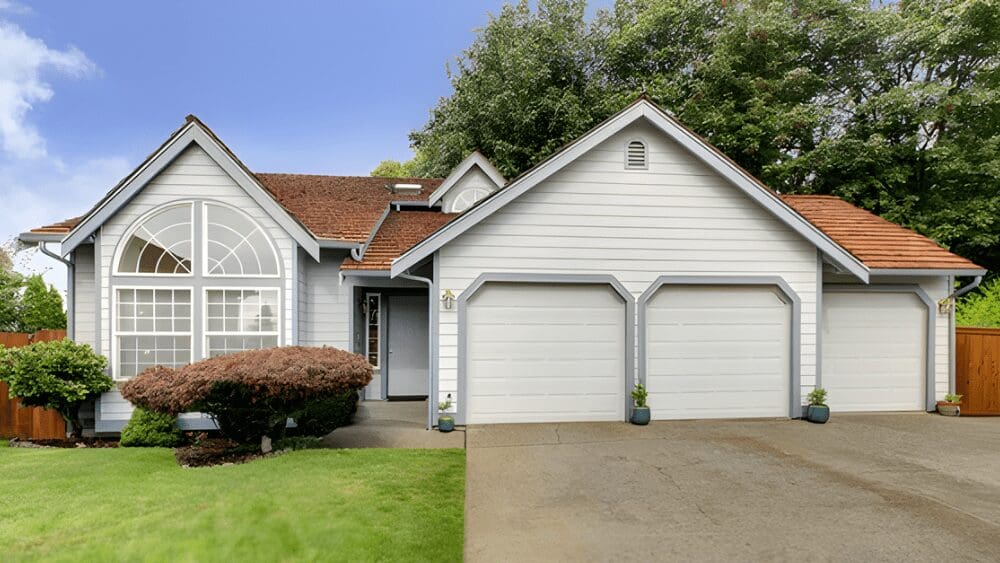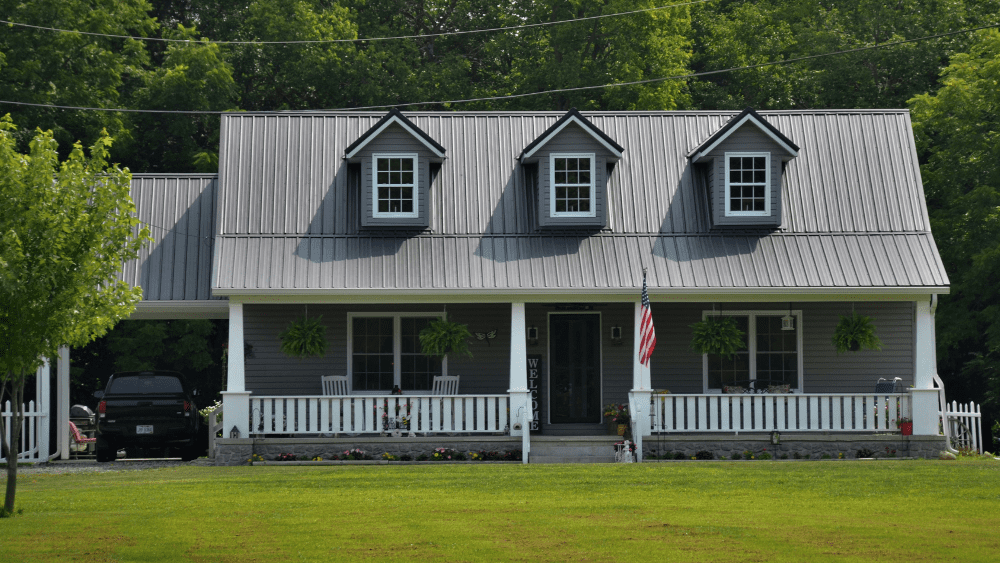
DISCLAIMER: As a friendly reminder, this blog post contains information that is meant to be used for educational purposes. Aid programs, loans, or grants can change without notice. If you need assistance navigating decisions about what to do when you can’t afford home repairs, HomeLight encourages you to check for updates on these programs and reach out to your own advisor. When old windows, a roof, or a heater break down, making repairs can suddenly become your top priority. But getting the money to fix your home can sometimes be difficult. Fortunately, there are options to help make your house a safe, functioning sanctuary even when you can’t afford home repairs. In this post, you’ll discover 10 ways that can help you find the money or assistance you need to make home repairs. We’ve consulted with experienced experts, including: Their insights, along with our extensive research, will provide you with some of the best resources available to finance your repairs and, in some cases, even suggest free or lower-cost solutions to get your to-do list done. Applying for a home equity line of credit (HELOC) can be one way to get the money you need for larger repairs. “We’ve definitely seen where sellers had burst water heaters and gone in and fully remodeled the house, and spent $50,000 in repairs, but have gotten over $100,000 in equity from upgrades and new finishes,” says Tapley. Usually, a HELOC has a variable rate that functions as a second mortgage. Your home’s equity serves as collateral for the line of credit. Lenders determine if you qualify based on your home’s equity, income, and credit score, which ideally should be above 620. Typically, you will need at least 15% of equity, a reliable income, and a solid payment history for all your debts, including your mortgage. Many HELOCs offer a maximum amount that can be used, paid down, and then used again up to that limit, similar to a credit card. The amount of time you can access your funds is usually 10 years, with an additional 20 years to pay off the balance. The application process typically involves the verification of income, credit, and a home appraisal, which is completed before the credit line is approved. Using a cash-out refinance option means you are refinancing your original mortgage for more than you owe in order to get extra cash back to do repairs. Homeowners who may have a higher current interest rate often find refinancing a good alternative. Lowering your interest rate can offset the additional cash you receive. The process for a cash-out refinance is similar to other types of refinancing, including an appraisal, reviewing credit scores, and verifying income. The term of your refinance can vary from 10 to 30 years and can either be a variable or fixed interest rate. Applying for a home repair loan is typically done through a bank or credit union and doesn’t usually require the loan be secured by your home. Instead, most home repair loans will be based on your available income and credit score. These loans generally also have a shorter repayment period of less than 10 years. This can be a good option if you don’t have enough equity available to apply for a HELOC or a cash-out refinance. Also, if you’re looking to make smaller repairs that wouldn’t be as expensive, this can be a good option for having the time to pay them off. The U.S. Department of Housing Development (HUD) oversees the Community Development Block Grant Program. Their purpose is to develop urban communities by providing the resources they need to help improve housing conditions. According to Bush, there are several programs that can help people repair their home with different amounts of funding available. “For many of the municipality programs, the maximum is usually $25,000. For the state program, we can go up to at least $45,000 for home repair.” One way to find the best program that helps with home repairs is by using HUD’s housing counseling services search tool, where you can look for non-profits in your community. Many programs are designed to help homeowners who need repairs in order to maintain a safe and healthy environment but have a low income. These programs usually offer help with weatherization and safety assistance, such as installing grab bars or a walk-in shower. Other community organizations that focus on home repair include: “We always tell people to start with your municipality, whatever town you live in, contact them to see if they have such programs.” Bush adds that even if their organization doesn’t have a program that is an exact match, often they’ll reach out to their community network for additional resources. Many loans and grants are available through various government agencies. They often give low-income homeowners more options that may not be available through conventional loans, such as zero or low interest. Each program has qualifications that are usually based on need, income, credit, and existing debt. Grants are typically funds that don’t need to be repaid unless the homeowner sells their house sooner than expected. “So if the homeowner remains the owner of that home for ten years, at year ten, it’s zero. They wouldn’t owe anything,” says Bush. However, since the grant is prorated every month, if the homeowner sells after five years, they likely will have to pay a portion back, according to Bush. One of the best starting points is usa.gov. The site’s home repair and improvement page helps you find available programs for general repairs, modifications, and weatherization programs. Other government programs that are focused on repairs include: For additional help in finding grants and loans that are available, you can also contact your local HUD office. Home improvement stores such as Home Depot or Lowe’s have different financing options available for tackling home repairs. In both stores, once you are approved for a line of credit, you will receive a credit card to be used there. Each store has a variable interest rate, and the amount of credit available is typically determined by your credit score. Sometimes they will offer promotions and incentives such as 0% interest for six months. This option typically works best if you intend to pay off the balance within the set time frame to avoid high interest. If the damage to your home is the result of bad weather or an unfortunate accident, sometimes the repair can be paid by making a claim using your homeowners insurance. Typically after a claim is submitted, a claim adjuster will assess the damage and determine what your policy covers. It’s important to check the policy carefully because there is usually a deductible that needs to be paid prior to receiving the rest of the money from your insurance company. Also, specific exclusions may prevent you from submitting a claim. When natural disasters unexpectedly strike your home, the cost of repairs can exceed your homeowner’s insurance policy. That’s when applying for disaster relief money can help. Often, organizations will step into areas affected by severe weather such as hurricanes, tornadoes, and flooding when they are declared an official emergency by the president of the United States. The application process for the Federal Emergency Management Agency (FEMA) involves calling or visiting online to give information regarding the impact of the disaster on your home. Other organizations, such as the American Red Cross, may also have emergency programs available in affected communities that have experienced a disaster. If you have an emergency and need to repair your home, and can’t wait for other options to be approved, using a credit card could be an immediate solution. While usually an expensive option, depending on your interest rate, if no other funds are available, it could be helpful if your safety is compromised. If you decide to use a credit card, keep in mind the interest rate and the time you’ll need to pay it back. If you do have an 0% rate that lasts for several months and you’ll be able to settle the debt within that time frame, it could be a convenient way to repair your home. Also, construction and repair companies will sometimes offer their own financing options. “There are contractors that offer layaway programs. We see it even with heating and air companies, and water heater companies that will do the work and give you some financing options,” says Tapley. According to Tapley, some utility companies will offer no-cost programs in order to help homeowners be more energy efficient by repairing windows, doors, and HVAC systems. Usually, a weatherization audit is done to determine the options available, including smart meters that monitor energy usage. “There are also programs where homeowners can actually opt in for energy-efficient savings. But they agree not to use utilities at peak times, so they get a savings,” says Tapley. If you can’t afford or don’t have the time to do major renovations because your home is in poor condition, you can always sell your home “as is” and let someone else put on their tool belt. Also, there are many cash buyers who are willing to buy your home at a discounted rate. These house-buying companies will then invest their money to renovate the home for reselling or renting. If you don’t want to do repairs and would like an easier, no-obligation way to get a cash offer, consider HomeLight’s Simple Sale option. Also, a top real estate agent who knows your market can help you navigate all your options, even if you don’t want to make extensive repairs. HomeLight can connect you to proven agents in your market. Our free Agent Match tool analyzes over 27 million transactions and thousands of reviews to determine which agent is best for you based on your needs. Header Image Source: (HayDmitriy / Depositphotos)1. Apply for a home equity line of credit (HELOC)
2. Use a cash-out refinance to unlock money for repairs
3. Apply for a home repair loan
4. Leverage a nonprofit community development program
5. Seek out a government loan or grant
6. Look for local home improvement financing programs
7. File a homeowners insurance claim
8. Apply for disaster relief money
9. Credit cards and other financing options for repairs
10. Utility energy-saving programs
Options for selling a house in poor condition
Bottom line: Don’t despair about expensive repairs



